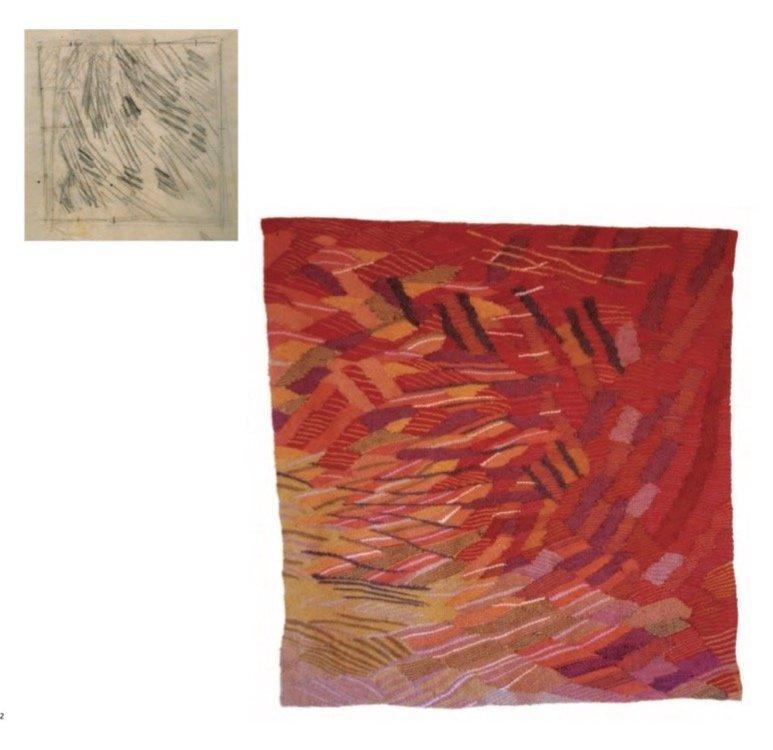table.sortable thead {
background-color:#eee;
color:#666666;
font-weight: bold;
cursor: default;
}
Unveiling the Vibrant Tapestry: A Journey into the History and Allure of Kente Cloth
Meta Title:
Table of Contents
Discover the Enchanting World of Kente Cloth: exploring History, Symbolism, and Cultural Importance
Meta description:
Embark on a journey through the vibrant world of Kente cloth, unraveling its rich history, cultural significance, and captivating allure. Explore the intricate weaving techniques, symbolic patterns, and diverse uses of this timeless African textile.
Introduction:
Kente cloth, a mesmerizing tapestry of colors and intricate patterns, is a cultural icon that has captivated the world for centuries. Woven with unmatched skill and artistry, it embodies the rich heritage and vibrant traditions of the Akan people of Ghana.this article delves into the captivating history, cultural significance, and enduring allure of Kente cloth, exploring its intricate weaving techniques, symbolic patterns, and diverse applications.
A Tapestry Steeped in History:
The origins of Kente cloth can be traced back to the 13th century, when the Akan people of present-day Ghana and Ivory Coast began weaving narrow strips of silk and cotton.Over time,these strips were sewn together to create larger pieces of cloth,which were worn by chiefs,priests,and other prominent figures.
The mastery of weaving techniques and the development of vibrant colors showcased the Akan people’s remarkable craftsmanship. The intricate patterns woven into Kente cloth held deep cultural and symbolic meanings, representing the wearer’s status, lineage, and personal achievements.
Symbolism and cultural Significance:
- Chiefly Attire: Kente was traditionally reserved for chiefs and other elite members of society. Specific patterns and colors symbolized the wearer’s status, power, and authority.
- Lineage and Identity: Each pattern and color combination holds a specific meaning, denoting the wearer’s lineage, clan, and cultural identity.
- Communicative Symbolism: Kente cloths were used as a form of communication, conveying messages and expressing cultural values through their intricate patterns.
- Celebrating Milestones: Kente is a staple at vital events and ceremonies, such as weddings, naming ceremonies, and festivals, honoring the occasion and celebrating the wearer’s achievements.
Weaving Techniques and Intricate Designs:
– Weaving Kente is a labor-intensive process that requires extraordinary skill and patience.
– Traditionally, weavers used handlooms and natural fibers, such as cotton and silk, to create colorful and vibrant patterns.
– The most intricate and complex Kente cloths can take weeks or even months to complete.
– The warp threads, which run lengthwise on the loom, are interlaced with the weft threads, which are passed through the warp threads horizontally, creating the intricate patterns.
– Different weaving techniques, such as plain weave, twill, and tapestry, contribute to the rich texture and versatility of Kente cloth.
Diverse Uses and Contemporary Expressions:
– Kente cloth has traditionally been used for garments, such as tunics, skirts, and wraps.
– In contemporary times, its vibrant patterns have found expression in various fashion designs, home décor, and accessories.
– From runway shows to cultural events, Kente cloth continues to captivate and inspire designers and fashion enthusiasts worldwide.
– Its enduring popularity has led to global recognition and gratitude of the artistry and cultural significance of Kente cloth.
– Collaborations between customary weavers and contemporary designers have resulted in innovative and captivating designs that preserve the cultural heritage while embracing modern aesthetics.
Benefits and Practical Tips:
– Caring for Kente cloth requires delicate handling due to its delicate fibers.
– Dry cleaning or hand washing in cold water is recommended to preserve its vibrant colors and intricate patterns.
– Kente cloth is a versatile fabric suitable for various garments, from traditional attire to contemporary designs.
– Consider the occasion and cultural significance when choosing Kente cloth patterns and colors.
– Respect the cultural heritage and traditions associated with kente cloth by wearing it appropriately.
Conclusion:
Kente cloth is more than just a stunning textile; it is a living embodiment of Ghanaian culture, history, and identity.Its vibrant colors, intricate patterns, and profound symbolism continue to fascinate and inspire people worldwide. As we appreciate the artistry and cultural significance of Kente, let us also honor the traditions and craftsmanship that have preserved this vibrant tapestry for centuries to come.
| Cultural Significance | Contemporary Expressions |
|---|---|
| Chiefly Attire | Fashion Designs |
| Lineage and Identity | Home Décor |
| Communicative Symbolism | Accessories |
| Celebrating Milestones | Cultural events |
Remember, by appreciating and preserving the vibrant legacy of Kente cloth, we not onyl celebrate a beautiful textile but also honor the rich heritage and traditions of the Akan people. Let the vibrant tapestry of Kente cloth continue to inspire and captivate generations to come.
“`

